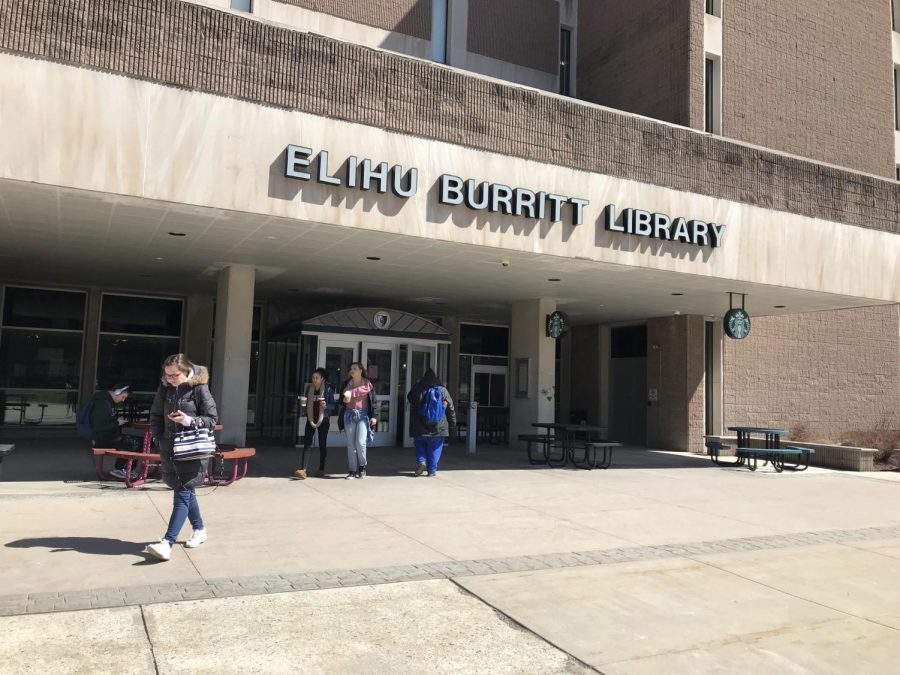To the Editor:
During my interview for your March 16, 2011 article, “Up In Smoke: Professor Proposes Smoking Ban,” it seems I was not as clear as I could have been about how important smoking cessation is to me as a physician and as an individual who watched his mother suffer and eventually die from smoking related illnesses.
There is no more important thing a person can do for their health than to quit smoking. Nothing else comes close. It is absolutely the most important thing a smoker can do to give themselves the best chance for a long and healthy life. Yet, quitting smoking is one of the most difficult tasks a person may face and it often takes considerable time. This to me is one of the most important facts I need to remember when helping someone make the decision to quit and then to eventually quit for life.
However, secondhand smoke does hurt those exposed to it and in any amount. Students, faculty, and staff who smoke outside of buildings need to know that they are putting others at risk for immediate as well as long term health risks. Three major conclusions in the 2006 Surgeon General’s report on the effects of secondhand smoke describe this perfectly:
– Secondhand smoke exposure causes disease and premature death in children and adults who do not smoke.
– Exposure of adults to secondhand smoke has immediate adverse effects on the cardiovascular system and causes coronary heart disease and lung cancer.
– Breathing secondhand smoke for even a short time can have immediate adverse effects on the cardiovascular system and interferes with the normal functioning of the heart, blood, and vascular systems in ways that increase the risk of a heart attack.
– The scientific evidence indicates that there is no risk-free level of exposure to secondhand smoke.U.S. Department of Health and Human Services. The Health Consequences of Involuntary Exposure to Tobacco Smoke: A Report of the Surgeon General. U.S. Department of Health and Human Services, Centers for Disease Control and Prevention, National Center for Chronic Disease Prevention and Health Promotion, Office on Smoking and Health, 2006.
This is why I support Professor Crundwell’s goal of making CCSU a smoke-free campus while also agreeing with your editorial that a ban is not the best way to achieve this. We can best move towards a smoke-free campus by helping all members of our community become smoke-free individuals. University Health Services provides support and treatment for students trying to quit. Just call us for an appointment. If a face-to-face appointment is not right for you, there is the Connecticut Quit Line, 1-866-363-4224, a free service offered to coach people through the quitting process. Also, I encourage everyone to attend activities sponsored by The Natural Helpers during the annual “Kick Butts Day” on March 31.
For those of you who do smoke on campus, whether you are actively trying to quit, just contemplating quitting or even if you are planning to smoke for the rest of your life, please be aware that the smoke from your cigarette can kill and injure others. I would hope that realizing this, you would make every effort to reduce that risk by smoking as far from non-smokers as is possible and to be aware when your smoke is being carried into areas occupied by others.
I am glad to have colleagues like Professor Crundwell who raise these difficult issues. I am proud to work with professionals and volunteers in Counseling and Wellness, the Natural Helpers and the Office of Alcohol and Drug Education, to mention only a few. Finally, I encourage The Recorder to continue the dialogue by reporting on the effects of smoking on college students and campus life, including looking at how bans and other smoking cessation programs have worked on other campuses.
Sincerely,
Christopher Diamond, MD
Director of Health Services
Central Connecticut State University
March 17, 2011



